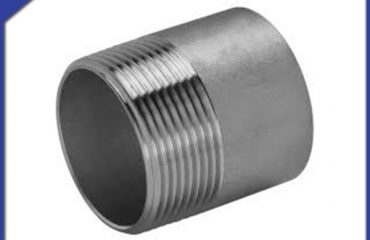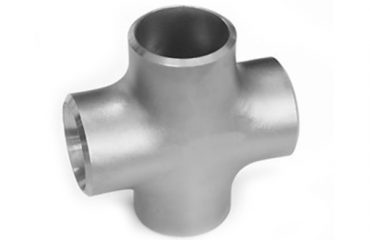
Elbow materials include cast iron, stainless steel, alloy steel, malleable cast iron, carbon steel, non-ferrous metals and plastics. The connection methods with the pipe include: direct welding (commonly used) flange connection, hot-melt connection, electric fusion connection, threaded connection, socket connection, etc. According to the production process, it can be divided into: welding elbow, stamping elbow, hot pressing elbow, pushing elbow and casting
1. According to manufacturing standards, it can be divided into national standard, ship standard, electric standard, water standard, American Standard, German standard, Japanese standard, Russian standard, etc.
2. According to the manufacturing method, it can be divided into pushing, pressing, forging, casting, etc.
90 ° stainless steel elbow is mainly used as a connecting pipe fitting in pipe installation, and is used for the connection at the bend of the pipe. Connect two pipes with the same or different nominal diameter to make the pipe turn 90 °.
stainless steel
It is usually made by adding a high proportion of Cr, Ni and other alloys on the basis of carbon steel, and the content proportion can reach more than 20%. Common steel grades are: 304304L, 321316316L, 1Cr18Ni9Ti, 0Cr18Ni9. The first several steel grades represented by numbers are Japan, the American steel grade representation method, (1Cr18Ni9Ti) is the domestic steel grade representation method.
Characteristics of stainless steel: the strength and toughness indexes are good among all kinds of steels. Its outstanding advantage is corrosion resistance. Stainless steel must be used in chemical industry, papermaking and other corrosive occasions. Of course, the cost is also high!
 Language
Language Espanol
Espanol English
English Italian
Italian عربى
عربى
 Skype: chinamaker99
Skype: chinamaker99  Tel: 86-316-5120812
Tel: 86-316-5120812 Email:
Email:  Whatsapp:
Whatsapp: 
